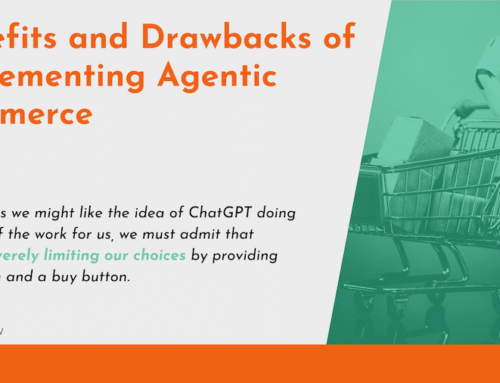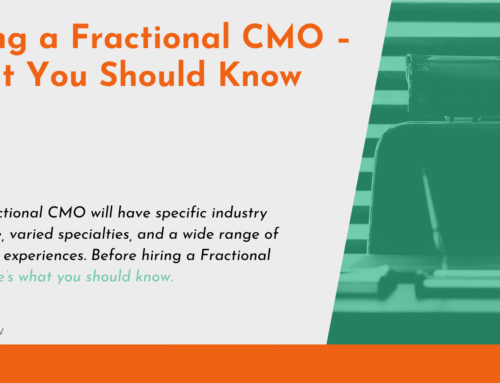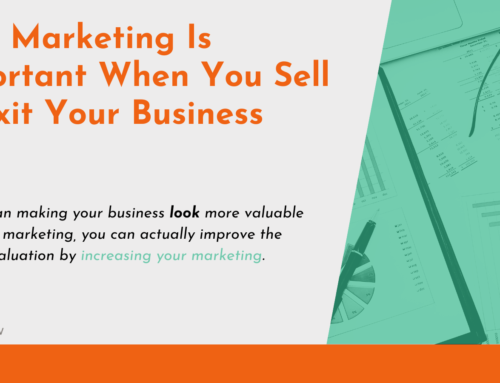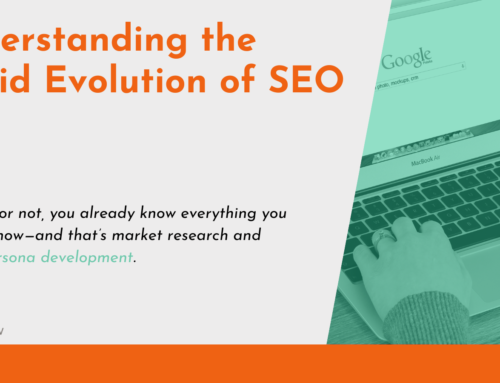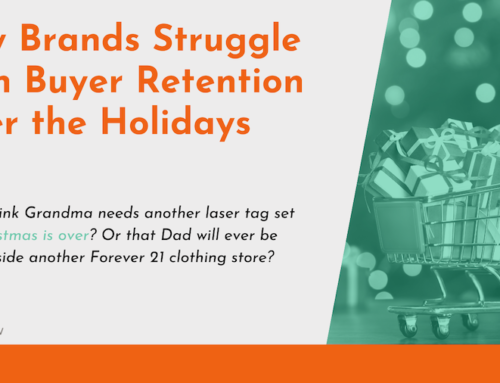Expert marketers still say email marketing is one of the best ways to follow up with your prospects. After all, the people on your email list have raised their hands to say they would like to receive information from you – A perfect, open invitation to nurture and build trust in your brand.
Email marketing has been around for nearly two decades now, with marketers continuing to use the same technique: Addresses are captured by providing a lead magnet; These addresses are loaded into an auto-responder; and then several messages are sent out in an effort to build relationships and be in the consideration set when their prospects are ready to buy.
Yes, the method continues to work well for businesses, but, email recipients are becoming more calloused to cookie-cutter procedures. Just like with traditional marketing methods, once your approach becomes predictable, then the level of engagement from your prospective client starts to drop off.
Put yourself in your prospect’s shoes. How many emails do you they get asking for their attention? A lot, right? Are there any ways for your messages to stand out from all of the noise out there? The good news is that there is. Here is how you can spice up your email marketing to keep you top of mind for your clients and your prospects.
Close Your Emails with a Question
Most marketing emails end with a call to action. And while there is nothing wrong with that, the recipient is going to either answer that call or disregard it. Most experts agree that the conversion rate on a call to action email will be anywhere from 1%-5%. This will depend on where the prospective client is in their buying cycle and how well that email and CTA fits their position in their journey towards the decision stage.
By asking a question, we give them a third option – the option to engage with you even if they are not quite ready to move forward with a sale. Some great questions are “could this work for your business?” or “what similar challenges have you faced?”. If that reader reaches out to answer your question, then they are giving you valuable information on how you can help them. At this point you can respond with a personalized message. This is a great opportunity for you to share with them how your product or service will solve their problems or meet their needs. Even if your reply does not garner a sale, you will stand out from all of the canned messages in their inbox. This also creates a personal conversation they will likely come back to for future information.
Use The Power of Timing
There have been countless studies on the best times to send emails. Auto-responder provider GetResponse seems to think that Tuesday is the best day of the week for email marketing. According to their research, 18% of emails sent on Tuesday are opened. That’s a higher rate than any other day of the week.
Emma, another email automation service provider, has concluded that 58% of people check their email first thing in the morning. By that logic, they assume that 6 a.m. is the best time of day to send emails. That may be an interesting metric, but it’s worthless if your clients are in multiple time zones.
While these analytics might make for good research, the answer to the question of when to send your emails differs depending on your audience. With that in mind, why don’t we let them choose when to receive your emails?
Most auto-responder providers allow the option to let your subscriber choose how often they receive your emails. While these settings may not let the user choose an exact day of the week or time of day, they can choose how often they would like to hear from you. That could be once a week, or once a month. This allows you to customize your level of contact frequency based on your recipient’s preferences. A bonus benefit is it will also cut back on your unsubscribers. It’s unlikely that your readers will opt out of your list since they were the ones who specified when they would like to hear from you. This is a subtle way of positioning yourself as a permission-based marketer.
Leverage Your Preheader
Your “preheader” (also referred to as a “Johnson Box”) is the line of text that contains a portion of your email message that shows up in a user’s inbox beside your subject line. This can be considered as an extension of your subject line and it can make or break your open-rate.
Sure, your subject line is important. It’s in bold right next to your name. And yet no matter how good your subject line is, most people would like just a little more information to make sure it’s worth their time to click on what you have sent them. Your preheader can be a great way to grab your reader’s attention before they have even opened your message.
By default, your preheader is going to be the first sentence or two in your email message. As an example, Gmail shows 100 characters and iPhones show 140 characters. With that in mind, think about what ends up in that preheader box as you compose your messages.
If you have written a great subject line and you decide that you don’t want your reader to see a preheader, you can also hide it so that only the subject shows up in the recipient’s inbox.
These simple techniques can give you an upper edge on your competition. Of course, the best practice in email marketing is still to provide great content and an engaging conversation that will keep your clients opening your messages.
Feel free to reach out if if you need any help establishing an on-brand message for your next email campaign.


